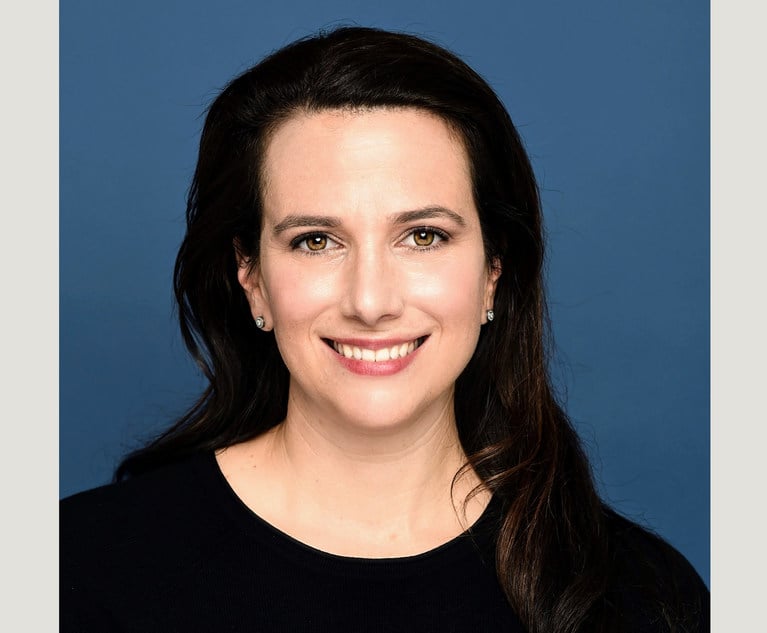The biggest chunk of spending went to the 50 largest law firms, which all have at least 750 lawyers. They took in 46% of outside counsel spending, according to the report from LexisNexis CounselLink.
Partners in firms with more than 750 lawyers have a median hourly billing rate of $895, 54% higher than the median hourly billing rate of the next tier of firms, the report found.
The 2022 Enterprise Legal Management Trends Report, which is in its ninth year, is based on $49 billion in legal spending across 350,000 timekeepers, 8 million invoices and 1.2 million legal matters.
The median partner rate for firms with 51 to 100 lawyers was $400, while the rate was $405 for firms with 101 to 200 lawyers.
Kris Satkunas, director of strategic consulting for CounselLink and author of the report, said the largest firms’ expertise across many practices areas and geographies allows them to command higher rates.
“Legal departments typically choose larger firms to handle more critical, strategic, or high-value work,” she said. “For example, bet the farm matters that are M&A, IP litigation, or regulatory issue related, are most often handled by the largest firms because they often have a lot of expertise in these areas, and that expertise continues to grow because they continue to handle most of that work.”
Also driving up legal department spending was the record-shattering year for M&A. M&A-related legal fees rose from 4.3% of total legal billing in 2020 to 7.4% in 2021. The median partner rate billed for M&A work jumped 6.1% in 2021, reaching $878.
The report documented the growing use of alternative fee arrangements, continuing a 10-year growth trend. Last year, 14.8% of matters were billed at least partly on a non-hourly basis, while 9.6% of all fees were non-hourly.
“While [less than] 15% of matters being billed under an AFA may not be huge, it is a continuation of a gradual trend that does indicate a willingness to find creative pricing strategies,” Satkunas said.
AFAs were used mainly when billing for intellectual property, labor and employment, and insurance.
Nearly 60% of companies consolidated 80% or more of their legal work with 10 or fewer law firms, the report found.
Satkunas said that, although some legal departments will bring more work in-house to reduce outside counsel spending, the most premium work likely will continue to be handled by outside counsel at the largest firms.
“I think that savvy GCs will look to leverage both benchmarking data and the volume of work they provide these firms to minimize continued rate increases,” she said.
Satkunas added: “In the current inflationary environment, it is increasingly important for corporate counsel to keep an eye on rate trends and work closely with outside counsel to manage costs.”


 Credit: Elnur/Shutterstock.com
Credit: Elnur/Shutterstock.com








